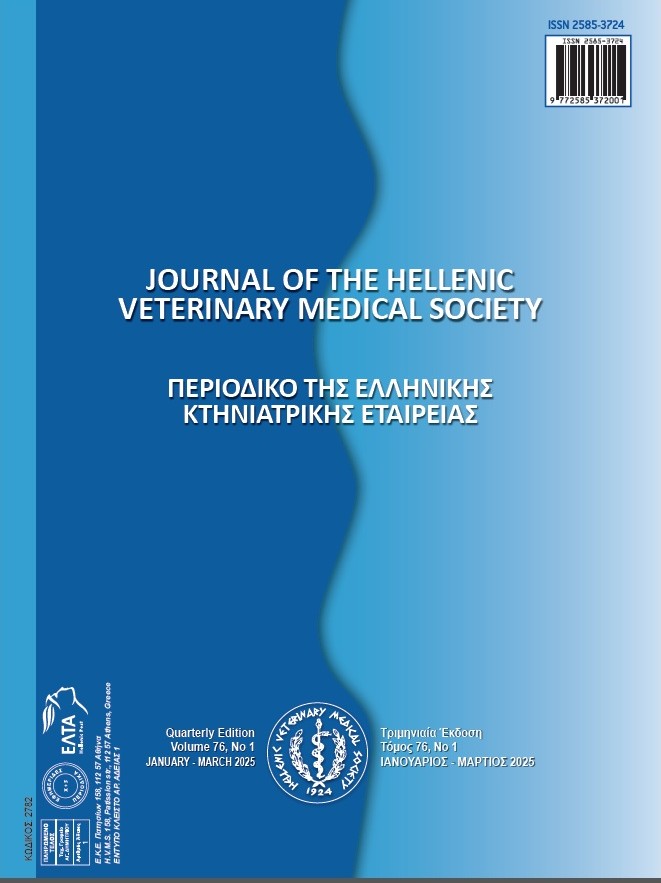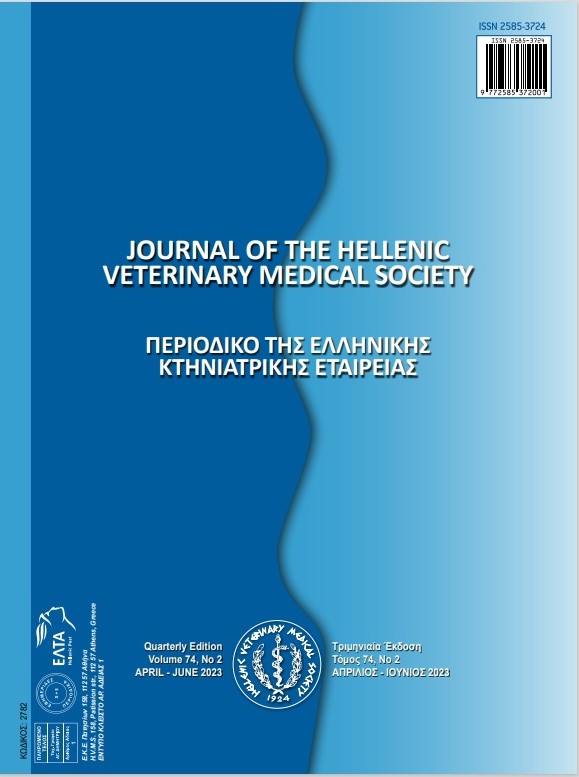Lateral luxation of the elbow and its treatment in a kitten

Abstract
Elbow luxations are one of the rare orthopedic problems in kittens. The primary goal in the treatment of elbow luxations is to minimize the limitation of movements of the cubiti joint. For this reason, although many techniques are used, different treatment options are still needed.In this report, it was aimed to share the lateral luxation of the elbow and its treatment in a three-month-old cat. It is very important that the applied operation technique does not restrict the normal movements of the elbow joint and that it is an alternative to routine operation techniques. In the operation, after the radius bone was fixed to the ulna bone with an orthopedic pin, the luxation at the elbow was fixed using a cerclage wire. The patient, who started using its foot on the third day of the postoperative period, was followed up for four months. In the interviews with the patient's owner, it was learned that the patient's condition was quite good and he could use his foot comfortably
Article Details
- How to Cite
-
Polat, E. (2025). Lateral luxation of the elbow and its treatment in a kitten. Journal of the Hellenic Veterinary Medical Society, 76(1), 8939–8944. https://doi.org/10.12681/jhvms.34718
- Issue
- Vol. 76 No. 1 (2025)
- Section
- Case Report

This work is licensed under a Creative Commons Attribution-NonCommercial 4.0 International License.
Authors who publish with this journal agree to the following terms:
· Authors retain copyright and grant the journal right of first publication with the work simultaneously licensed under a Creative Commons Attribution Non-Commercial License that allows others to share the work with an acknowledgement of the work's authorship and initial publication in this journal.
· Authors are able to enter into separate, additional contractual arrangements for the non-exclusive distribution of the journal's published version of the work (e.g. post it to an institutional repository or publish it in a book), with an acknowledgement of its initial publication in this journal.
· Authors are permitted and encouraged to post their work online (preferably in institutional repositories or on their website) prior to and during the submission process, as it can lead to productive exchanges, as well as earlier and greater citation of published work.




